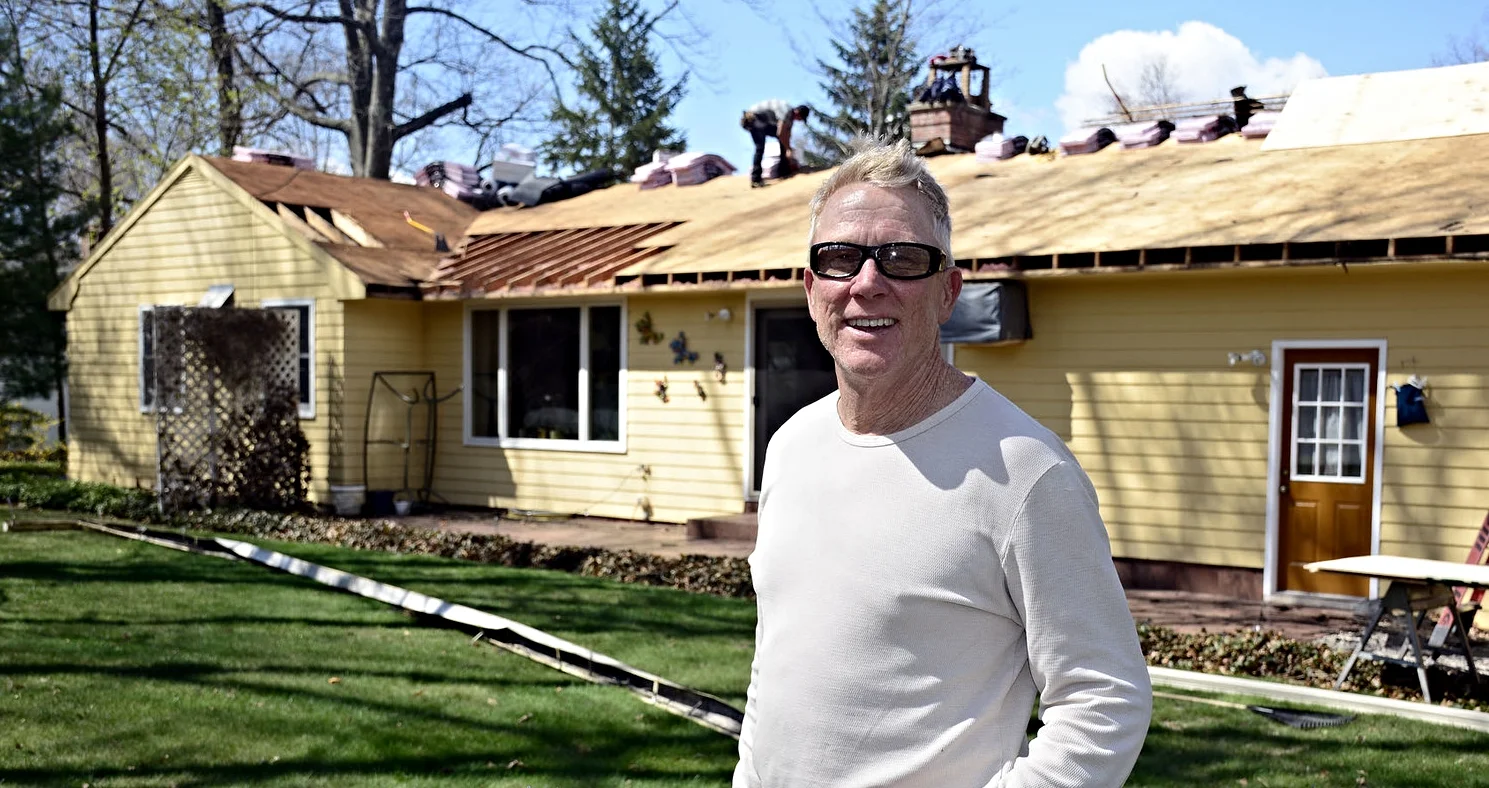Burst Pipes are a Real Risk in Frozen Temperatures
Chelsea O'Donnell
It’s beginning to look a lot like a serious cold front is coming our way here in Connecticut. While everyone is worried about power outages and property damage today, you also need to pay attention to pipes freezing over the next week. With a massive temperature drop, a burst water pipe is both a common nuisance and an expensive hassle. Here is what you should be thinking about now in preparation for the big change in weather.
If you have any outdoor water sources such as a pool or sprinklers, drain them. Standing water will freeze and expand when it turns to ice. Anything in an unheated area is at risk.
Remove and drain all outdoor hoses and store them away. It’s a good idea to close the valves to ensure there is no seepage.
Install your insulated box above your attic hatchway to keep heat in the house. An underinsulated attic is always going to be at risk because it’s the coldest part of the house.
Locate the water supply lines in your house. Both hot and cold water pipes should have insulation. Pipe sleeves and heat tape are inexpensive and simple options to boost heat retention.
Keep unheated areas of your home such as garages closed up. Most garages have a water line through them which can easily freeze when the temperature dips.
If you’re planning on being away and you want to keep your heating lower to save energy costs, don’t set the thermostat lower than 55 degrees.
What about if the pipes do freeze? Here are a few tips:
If a pipe is frozen, water may come out as a trickle if at all. Leave faucets slightly open to encourage water the flow through which will help to melt a partially frozen pipe or prevent one from freezing in the first place.
If you know where the frozen section is, use a hair dryer, space heater, or even a heating pad to get the water circulating again.
If one pipe is frozen, there could be others as well. Check all water sources to determine where the problems are.
If you don't know where the pipe is frozen, call the plumber. A frozen pipe can burst and cause serious and expensive damage to your home.
Shut off the main water valve but keep faucets open. If you don’t know where your main water valve is, now is the time to find out.
A burst pipe can cause serious flooding not to mention long-term problems like mold and mildew which can affect your family’s health. Don’t wait to protect your home, the risk is too great in the colder winter months.
Happy Holidays!
Bob O'Donnell is the owner of O'Donnell Bros, Inc., a Bristol-based home improvement company established in 1975. Email your questions for Bob to info@odonnellbros.com with the subject line “Ask the Pro”. All questions may be considered for publication. To contact Bob for your remodeling needs, call O'Donnell Bros, Inc. at (860) 589-5155 or visit www.odonnellbros.com. Advice is for guidance only.
